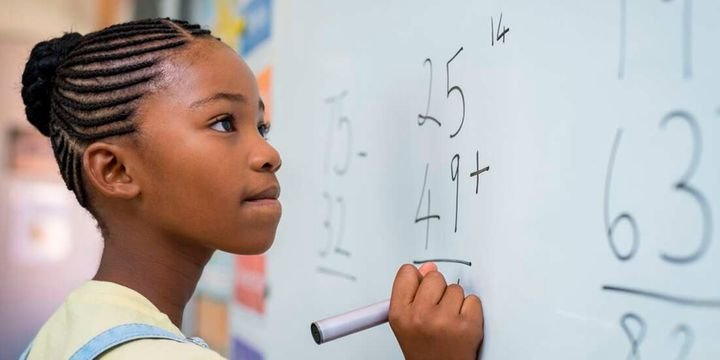Adolescent girls were more disadvantaged than boys by the closure of schools due to the Covid-19 pandemic, a new report shows.
The joint report released by Unesco, Unicef and World Bank says 74 per cent of adolescent girls in the Kenya reported that household chores distracted them from remote learning.
The girls were also affected by teenage pregnancies and early marriages that prompted a large number to drop out of school.
The report shows that during the school closure, gender remained a driver of inequality, limiting many girls from accessing digital education.
“Girls often have reduced access to devices and internet and have lower ICT knowledge and skills, limiting their ability to access and benefit from remote learning,” it reads.
The youngest learners such as those in pre-primary and lower classes faced a double disadvantage as they were often left out of remote learning.
The report on “the state of the global education crisis: A path to recovery,” reveals that many low- and middle-income countries reopened schools, only to close them again following new measurers by their governments.
In Kenya, for instance, there was partial reopening of schools, with priority given to classes that were to sit national examinations. The Grade 4, Standard 8 and Form 4 learners reopened on October 12, 2020, while the other learners reopened in January this year.
Around the world, 186 countries implemented remote learning programmes to provide children with learning continuity during the closure. But implementation has varied across high- and low-income countries and, within countries, across high- and low-income groups.
The digital divide became glaringly evident, with millions of children left behind during the shift to remote learning.
“Digital divides between urban and rural communities were greatest in eastern and southern Africa, East Asia and the Pacific, and Latin America and the Caribbean,” it reads.
Students with disabilities also faced barriers to remote learning. The report says only 33 per cent of low-income countries, including Kenya, indicated they had taken measures to support learners with disabilities.
“Sixty per cent of caregivers reported concern that learners with disabilities would fall behind in learning due to inaccessible distance learning modalities. Similarly, only 19 per cent of teachers responded that students with disabilities were continuing to learn during school closures, while more than twice as many thought they did not continue learning,” says the report. It reveals a growing evidence that learning losses are real, especially in low- and middle-income countries.
“In Kenya, a non-representative sample of motivated primary schoolchildren who maintained use of the online Math-Whizz tutoring platform before and during the pandemic via Project iMlango lost an equivalent of three and a half months of learning in math,” reads the report
In low- and middle-income countries such as Kenya, the share of children living in Learning Poverty—already over 50 per cent before the pandemic—will rise sharply, potentially up to 70 per cent, given the long school closures and the varying quality and effectiveness of remote learning, it adds.
Unicef Director of Education Robert Jenkins said Covid-19 disrupted education for 1.6 billion learners at its peak, and exacerbated the gender divide.
“In some countries, we’re seeing greater learning losses among girls and an increase in their risk of facing child labour, gender-based violence, early marriage, and pregnancy. To stem the scars on this generation, we must reopen schools and keep them open, target outreach to return learners to school, and accelerate learning recovery,” he said
More than 200 million learners live in low- and lower-middle-income countries. In Kenya, more than 17 million learners were affected by the school closure.
Learners risk losing $17 trillion in lifetime earnings based on present value as a result of the closures. The estimated loss is about 14 per cent of the global gross domestic product.
fnyamai@ke.nationmedia.com
Daily Nation
